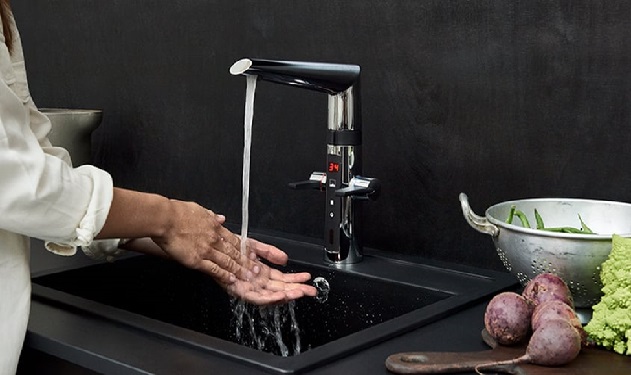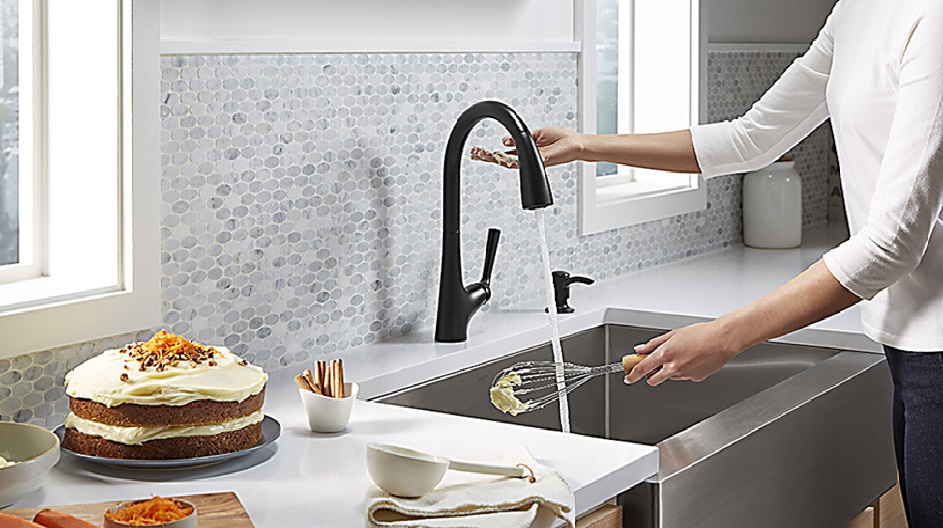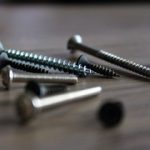Important Tips to Homeowners When Getting a Kitchen Faucet
The functionality and styles of kitchen faucets vary. Their appearance and ease of usage have changed as a result.
Your intended functionality and preferred design will determine what to seek. Here are a few guides with helpful hints to aid you in your quest for the ideal fit.
Traditional vs Modern Kitchen Faucet
These conventional varieties come with two handles. There’s one for cold and another for hot substances. Making temperature adjustments simple as a result.
As a component of a sleek, groundwater emerges from a central spout that curves. However, common ones, are usually composed of stainless steel. One-handle faucets with temperature-adjustable spouts that travel back and forth are examples of modern upgrades.
Additionally, a touchless design makes cooking easier. Particularly when dealing with raw meat and you don’t want to run your kitchen faucet with the danger of cross-contamination. Although stainless steel is the most frequent material for these, brass, gold, and nickel are also typical choices.
Fit the Functionality to the Size of Your Sink
Perhaps all that’s needed for a typical single-sided sink is a stationary faucet. A pull-down model might be useful for a deeper sink that is two-sided. This alternates between the nozzle spraying and a continuous stream of groundwater.
When cleaning plates or rinsing off vegetables, having a spray option is useful. It’s useful for cleaning the sink as well. For a smaller sink, though, this specific size and functionality might be too much.
Depending on the holes’ diameter and the current sink’s shape. Make sure the kitchen faucet you select will work with the way your kitchen is set up right now.
Automatic Functions
More and more individuals equip their homes with no less than one smart device. For those who appreciate the ease of technology, there are also smart faucets. With its curved neck and thermostat handles, it resembles the typical models.
On the other hand, intelligent technology can be configured to automatically dispense a specific amount of liquid for cooking or baking. This brings the water’s temperature to your preferred setting automatically. You can even see the quantity of liquid you use each day with this.
The concept and style are appealing as it’s one of the newest devices made possible by smart technology. A higher-end model comes with the drawback of more maintenance. An expert is required to install and repair a smart type – visit https://www.digitaltrends.com/home/is-a-smart-faucet-worth-it/ for further reading.
Secondary Sink
What to search for is contingent upon your arrangement? A smaller, complementary secondary sink to the primary faucet is a common feature of contemporary kitchen designs. However, it can be kept mainly for drinking water that has been filtered or for cooking-related purposes exclusively.
The primary sink features a large enough bowl and a nozzle-equipped faucet for cleaning dishes and rinsing produce. People who have enough room in their kitchen value having separate sinks for different purposes. Because a smaller model can be installed with a filter or simply linked to a water dispenser.

Filtration System
Decide on the installation of a filtration system. Your tap liquid is changed right at the source by it. This offers a steady stream of clean groundwater in an easy-to-use and maintained manner.
How a Filter Works?
This promises to rid your tap water of 80+ pollutants or lessen them. Through a tiny carbon block filtering procedure that consists of five stages.
Installing it doesn’t require any special tools. Plastic water bottles meant for one-time usage are no longer necessary. It also reduces the overall quantity of plastic garbage generated in the household.
It turns out to be an economical, eco-friendly, and practical answer. Particularly for people who enjoy the feel, appearance, and flavor of filtered liquid.
Significance to Your Health
Filtration is crucial for your health. Tap water in large cities is contaminated with several chemicals and pollutants – additional info on contaminants.
This may result in unfavorable medical issues. Moreover, the groundwater coming from the sink could not taste or appear nice.
The amount of contaminants determined to be safe for human health is regulated by the U.S. EPA Safe Drinking Water Act. The quantity, origin, and concentrations of pollutants determine how frequently city groundwater is tested.
These consist of different chemicals as well as viral, bacterial, and other contaminants. It’s crucial to comprehend the quality indicators in particular. Those that are frequently present are:
- Because of old pipes, lead is one of the primary contaminants found in supply systems nationwide today. The deterioration of older equipment and the solders connecting the pipes causes lead exposure. Either within the house or through municipal systems that seep into the groundwater and reach your tap directly.
This toxin can build up in the body, it’s dangerous even at low exposure levels. Due to the harmful consequences of lead, the EPA has set a zero maximum contamination limit for lead in drinking.
- Tap water contains mercury, which is frequently a byproduct of industrial waste runoff. There may be more mercury in tap water in towns that depend on supplies close to big manufacturers than in other places.
Because it also accumulates in the body, exposure to it—even at low concentrations—can eventually become toxic. Mercury can weaken the neurological system, impair the senses, induce involuntary muscle movements, etc.
- Arsenic is an element that occurs naturally and may be found in soil and rocks and is utilized in both agriculture and industry. It can be mixed with other compounds to create pesticides.
Also, herbicides that are harmful to human health yet protect crops. These places’ runoff seeps into groundwater supplies and finds its way into your drinking supply.
- Chlorine and chloramines are frequently added to drinking water as disinfectants. Even though these substances have been utilized for decades to remove other pollutants from the supply. According to research, some byproducts are connected to dangerous medical issues.

Which New Faucet Type Will Last Over Time?
When reducing your options, compare features, sizes, functionalities, and styles. To ultimately save time and money, make sure the one you select is suitable with a filter.
By turning the tap you originally used into a filtered one. Refreshing drink whenever you need it makes your house more convenient. Every time you switch on your new faucet, it enables you to acquire the necessary amount.















